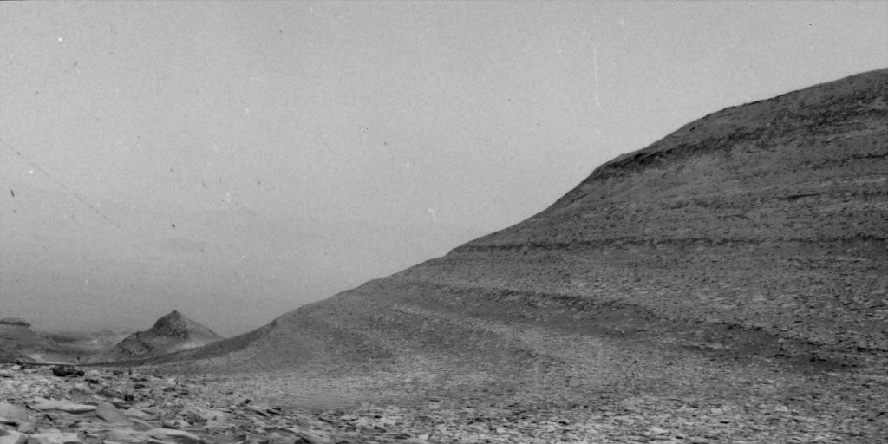
On May 20, Mars was hit by a powerful solar storm, images of which NASA recently released. This event, predicted by scientists as part of a cycle of solar activity called solar maximum, could provide important information for preparing future manned missions to the Red Planet.
During the month of May, NASA spacecraft and orbiters observed a series of solar storms and coronal mass ejections. These phenomena give rise to Martian auroras and provide valuable data to researchers.
The May 20 solar storm is classified as X12, one of the most powerful, according to solar orbit data from the European Space Agency (ESA) and NASA. The solar flare sent X-rays and gamma rays toward Mars, followed by charged particles from a coronal mass ejection. X-rays and gamma rays, which travel at the speed of light, arrived first, followed by charged particles within minutes.
Black and white images taken by the Curiosity rover's navigation cameras showed white waves, the result of the impact of charged particles on the equipment. This event not only confirms scientists' expectations about solar activity on Mars, but also helps prepare astronauts for future missions by providing information about the effects of solar storms on the Martian environment.

“Coffee trailblazer. Social media ninja. Unapologetic web guru. Friendly music fan. Alcohol fanatic.”
